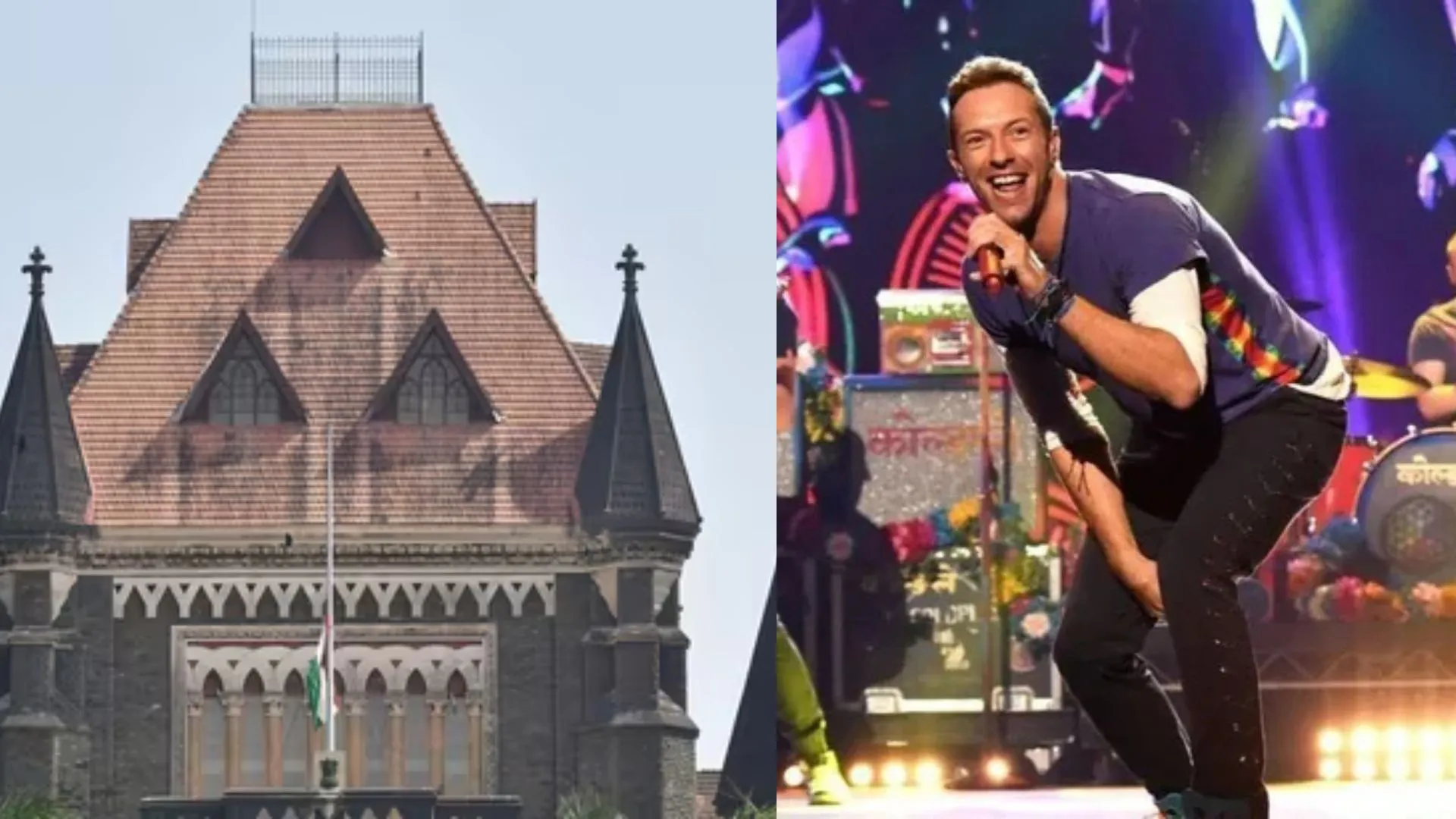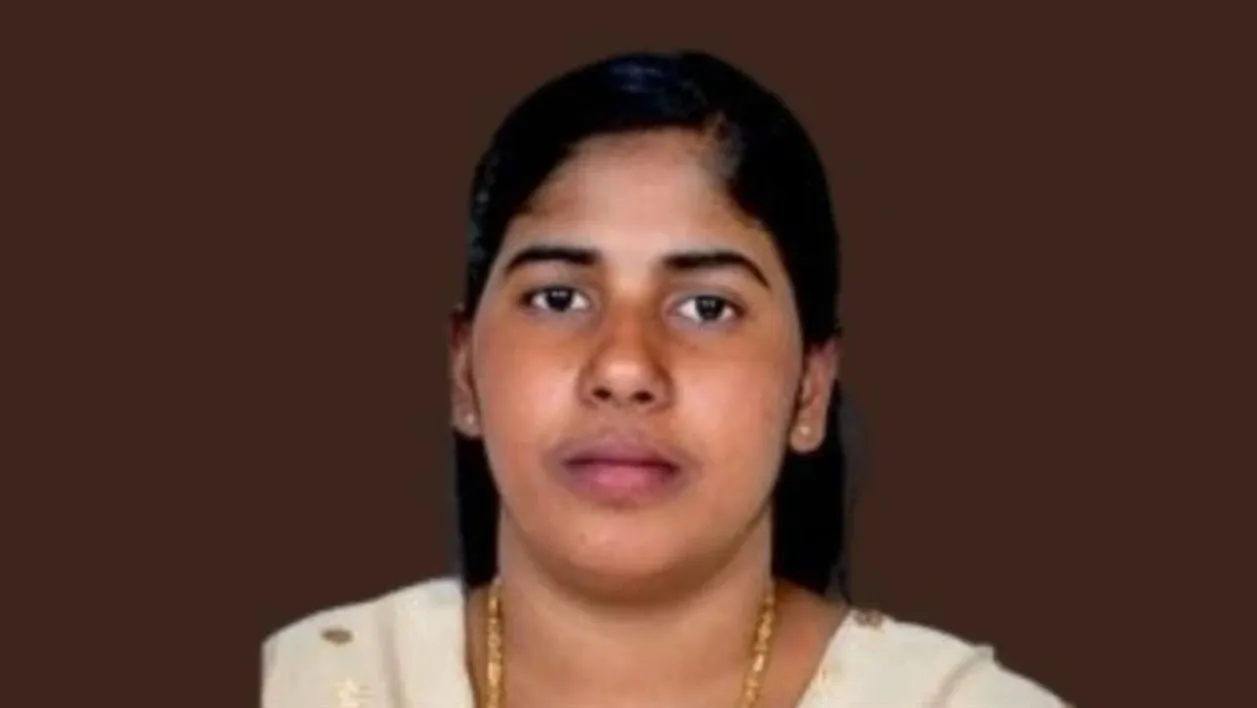Indian culture is heavily influenced by religious practices, and the same impacts the law makers in our country. India is the home to so many diverse religions that the moral and fundamental core of this nation is often derived from the moral compass advocated by these religions. Religion is an over natural power system of faith and devotion, regulating and controlling the fate of the human race. India is yet a nation that has embarked on a new and daunting task of developing a democratic economy that would equal treatment for all its residents. India is in short, is a prism, you approach it, and a different mix of colours and patterns is present.
Secularism is an ideology that says that religion is not social, political, economic and cultural. Religion is available to everybody and presented without any other regard as a conscious issue to an individual. The juxtaposition of sensually-ascetics, irresponsibility and efficacy, kindness and aggression depict the complexity of India. Articles 25-28 of the Constitution on Fundamental Rights entrenched in Part III. Also, Articles 15 and 16 guarantee that religion is not discriminated against. Through its preamble, fundamental rights, and guiding principles, the Indian constitution established a secular country founded on the ideals of democracy and equality. Keeping in mind the idea of secularism in India, this article will seek to analyse how the Indian Constitution examines the idea of secularism. The article will then further seek to differentiate between essential and non-essential religious practices and how it affects the execution of secularism in India.
SECULARISM IN THE INDIAN CONSTITUTION
The term ‘secular’ was added to the Indian constitution in the 42nd amendment which came to force in 1976. The addition of the term ‘secular’ to the preamble of the constitution established secularism as a part of the basic structure which essentially means that because of its fundamental element, the secular nature of the Indian constitution cannot be altered by any act. The case of S. R. Bommai v. Union of India is a landmark case when it comes to establishing the basic definition of secularism in India. By emphasising that secularism is one of the fundamental characteristics of the Constitution, the Court reiterated the inclusion of the term secular in the Constitution. Some define this mindset as one of religious neutrality or one of caring neutrality. It was also stressed in the judgement that religion should have no position in state matters. It is imperative to note that even though the Supreme Court expanded on the concept of Secularism, it also highlighted that Secularism cannot be put into a specific definition by stating that,
“The term ‘Secular’ has advisedly not been defined presumably because it is a very elastic term not capable of a precise definition and perhaps best left undefined. By this amendment what was implicit was made explicit.”
This statement is one of the first aspects through which one can draw a distinction between the Merriam-Webster’s definition of Secularism and the idea of Secularism as incorporated in the Indian Constitution. The Marriam Webster’s definition of Secularism represents a negative notion of the concept which is a complete separation of the state from the religion whereas the Indian Constitution has inherited a positive notion of the concept which advocates the recognition of religious differences and equal treatment and protection of all religions.
Secularism has been integrated as a positive idea in the constitution which propagates that all religions are treated equally. The secularism of India does not separate religion from state in its entirety. In religious concerns as constitutional elimination of untouchability, the opening of all Hindu temples to women and the lower castes were widely approved by the Indian constitution and the Supreme Court. The essence can be found in the recent case of Sabrimala where the Supreme Court let women access the Sabrimala temple during menstruation. In the Indian context, according to R.A. Jahagirdar, secularism was construed as equitable treatment of all religions. The Indian Constitution also permits individuals in accordance with their religion to be subject to various personal legislation on a number of subjects, such as inheritance, marriage, divorce and so on. It does not build a separating wall between religion and the State. This enables the state to interfere in religions without the inclination to control or destruction, to assist or impede them. The Court, by extensively citing Indian scriptures, justified the idea of secularism in the case of Ram Janambhoomi. In order to explain its conception of secularism the court quoted from all the Veda’s the idea of Sarwa Dharma Sambava’ which translated to being the tolerance of all religions.
The above arguments clearly highlights the fact that our constitution doesn’t associate the idea of Secularism as complete separation of state and religion rather it is seen as a positive concept through which all religions can be given equal treatment. Further, the interference of the state in religious matters is limited to when the court finds that a positive amendment is required in the already existing religious rules.
7RIGHT TO FREEDOM OF RELIGION IN THE CONSTITUTION
The Indian Constitution ensures that not only people but also religious groups in India have a right to freedom of religion. Articles 25 through 28 stipulate this. Articles 25 to 28 in essence state that the State is not discriminating, patronisingor interfering in any religious profession. Firstly, Article 25 ensures freedom of conscience to all people and freedom of religion to profess, practise and spread. In Article 26, which follows, all denominations are entitled to regulate their own religious affairs. Article 27 of the Constitution provides that there may not be taxes whose earnings are directly used to promote and/or preserve a particular denomination of religion.Lastly, Article 28 allows religious organisations to provide religious instruction to educational institutions that are maintained by them.
ESSENTIAL V/S NON-ESSENTIAL RELIGIOUS PRACTICES AND HOW THIS AFFECTS THE IMPLEMENTATION OF SECUALRISM IN INDIA
The essential practice doctrine was laid down in the TheCommissioner, Hindu Religious Endowments, Madras vs. Shri Lakshmindar Tirtha Swamiyar of Shri Shirur Muttcase. There was a divide between what was and was not religious issues. The religious views and actions conducted according to these opinions were established as religious practises. The Supreme Court concluded that the fundamental portion of a religion should be determined first and foremost with reference to the doctrines of the same religion. The case also expanded on the scope of Article 26(b) by stating that,
“Under article 26(b), therefore, a religious denomination or organization enjoys complete autonomy in the matter of deciding as to what rites and ceremonies are essential according to the tenets of the religion they hold and no outside authority has any jurisdiction to interfere with their decision in such matters.”
So fundamentally, it is necessary to decide what is essential by looking at the religion itself.
Please read concluding on thedailyguardian.com
A similar rationale was adopted by the Supreme Court in the case of DurgahCommittee v Syed Hussain Ali where the supreme court stated that even religious rituals could derive from purely superstitious ideas and thus be in that way foreign and unessential religion itself. In order to treat these practises as part of a religion, they must be considered as an essential and vital aspect of this religion. Now, the essential practice doctrine stands to determine three things, firstly, if the religion or religious practice is eligible for protection. Secondly, whether the religious institutions are being manged under a legitimate legislation and lastly, whether or not the religious denomination are independent.
It is evident from the Supreme court decisions that the essential practice doctrine aims to promote the positive concept of Secularism in India. As seen earlier the Indian Constitution has very clearly laid down that there can interference in the personal laws area, which is essentially what the doctrine represents. The practice of Secularism is not associated with the complete separation of the State and Religion but instead aims to give equal treatment and protection to all religions in formulating positive amendments.
CONCLUSION
Secularism in India can be explained by stating that it aims for the inclusion of all religions in India. Religion is so deeply rooted in our culture that it cannot be completely excluded from the state while forming laws. The presence of multiple religions in India is another aspect due to which a complete separation between religion and the state can’t take place. The court as well as the doctrine of essential practices aim to give structure to the Indian understanding of Secularism by giving all religions and their religious considerations equal preference, therefore, highlighting the positive notion through which Secularism has been embodied in the Indian Constitution.






















